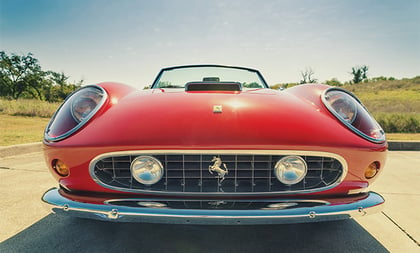At the time of this writing, a Ferrari 250 GTO is set to become the most expensive car ever sold at public auction. According to experts, the car is expected to sell for more than $45 million at the annual auction in Monterey, California.
While an eye-popping number, this soon-to-be record-breaking sale is indicative of a larger trend: Successful individuals are increasingly turning to classic cars as a way to bolster and diversify their portfolios. Unlike traditional stocks and bonds, however, this asset has four wheels, a complex engine and often handmade parts. In other words, it requires a unique set of risk mitigation measures to protect.
(Related: How to Rein In a Client Who Strikes It Rich)
For financial advisors, advising your clients on how to protect their classic cars can be unfamiliar territory. Here’s what you need to know.
Shift Into Drive The first thing to know about protecting classic cars is that your clients probably aren’t going to lock them away for safekeeping. Rather, most classic car owners want to enjoy their cars as intended — on the road. Therefore, it’s important that cars are well-maintained, ensuring both the safety of passengers and financial value.
No matter the type of classic car, taking it to a traditional mechanic can do more harm than good. Rather, clients should only work with mechanics who specialize in their car’s manufacturer, make and model.
There are a number of resources available to help clients find the right mechanics. The best resource, however, is likely the car manufacturer’s national car club. With one existing for nearly every car manufacturer, the club can provide information on the best mechanics, common maintenance issues and red flags to watch for. As a bonus, it also often serves as a social club for car enthusiasts. Advising your clients to join their respective national car clubs is one of the best steps you can take to help them protect their classic car investments.









 August 28, 2018 at 09:00 AM
August 28, 2018 at 09:00 AM








